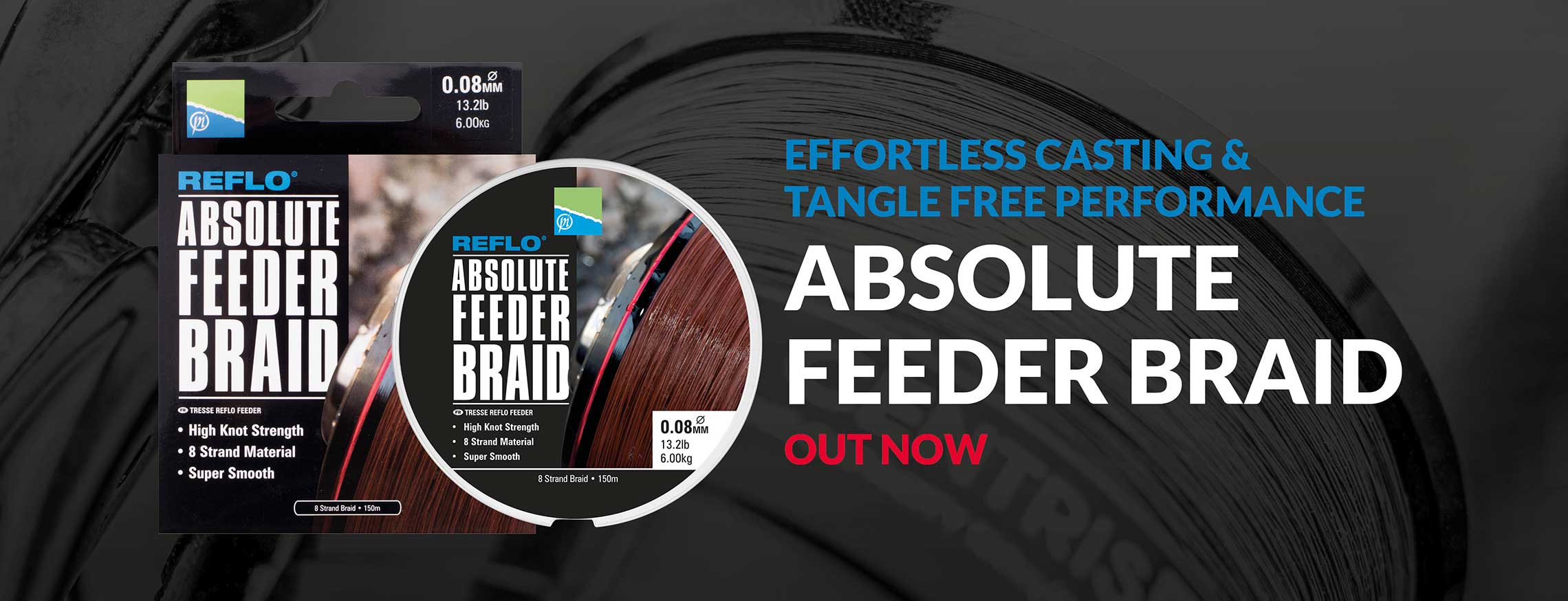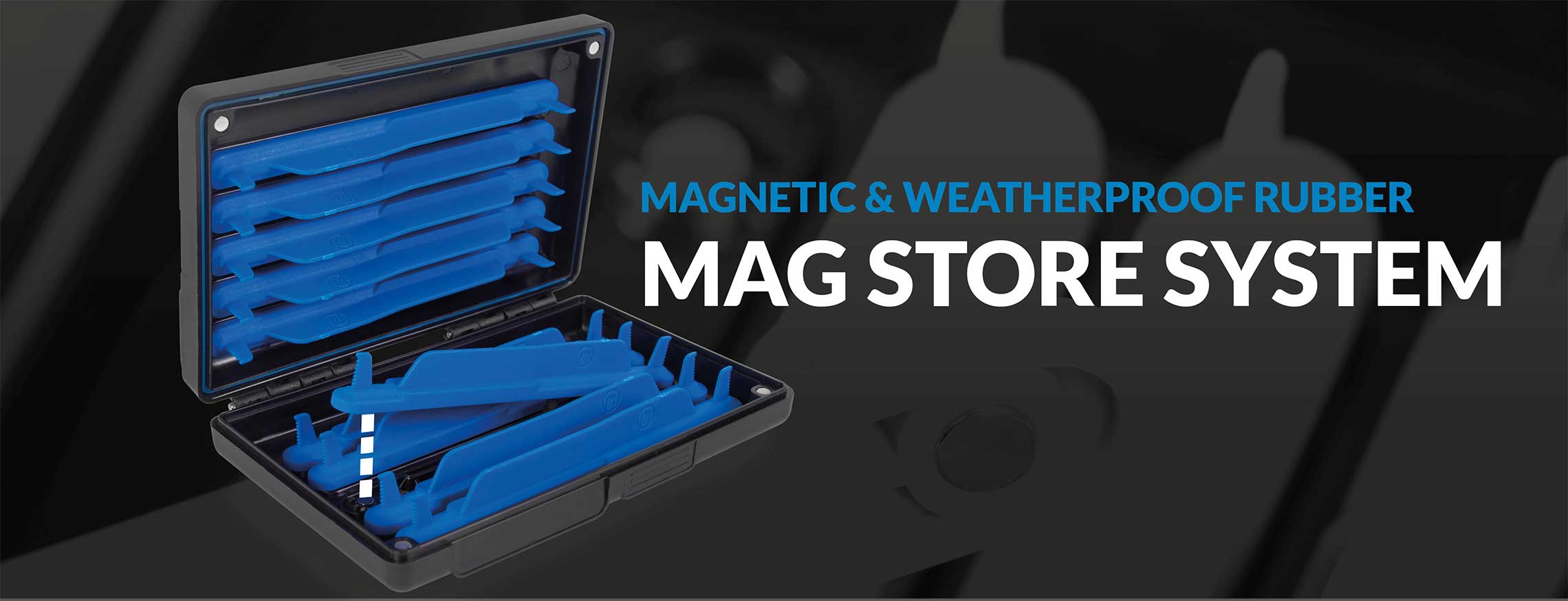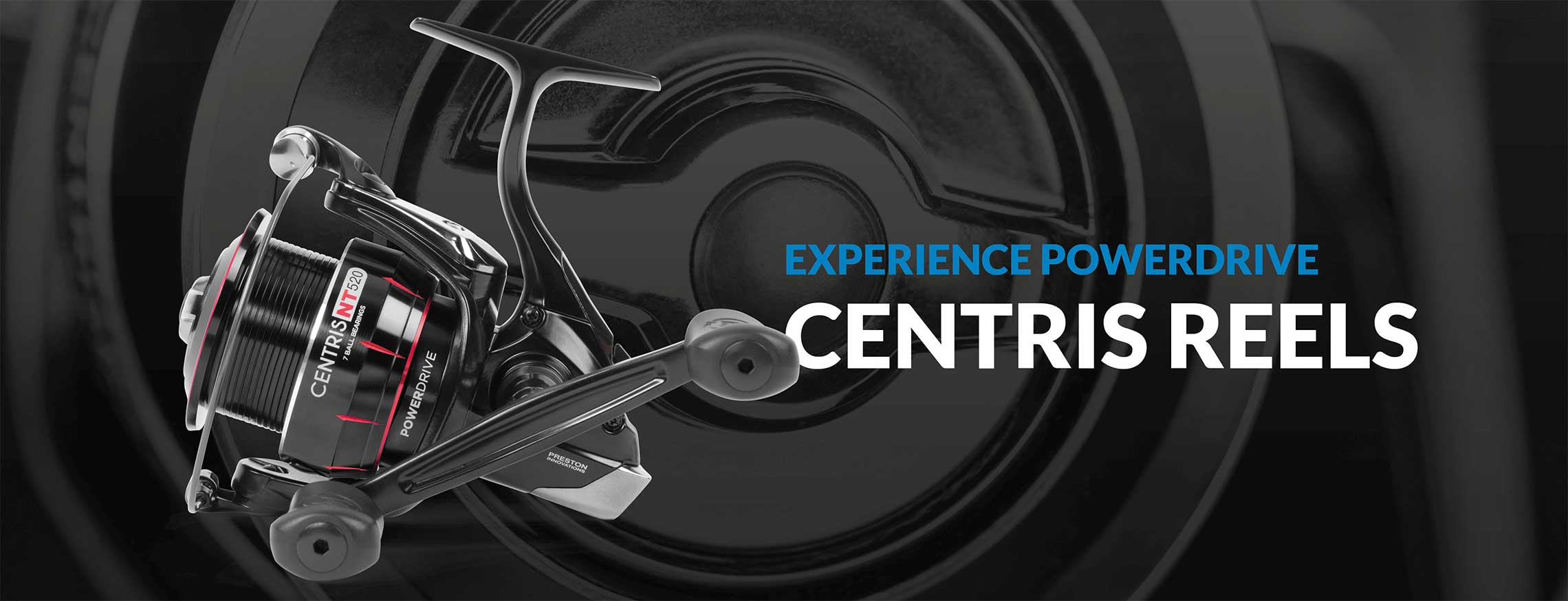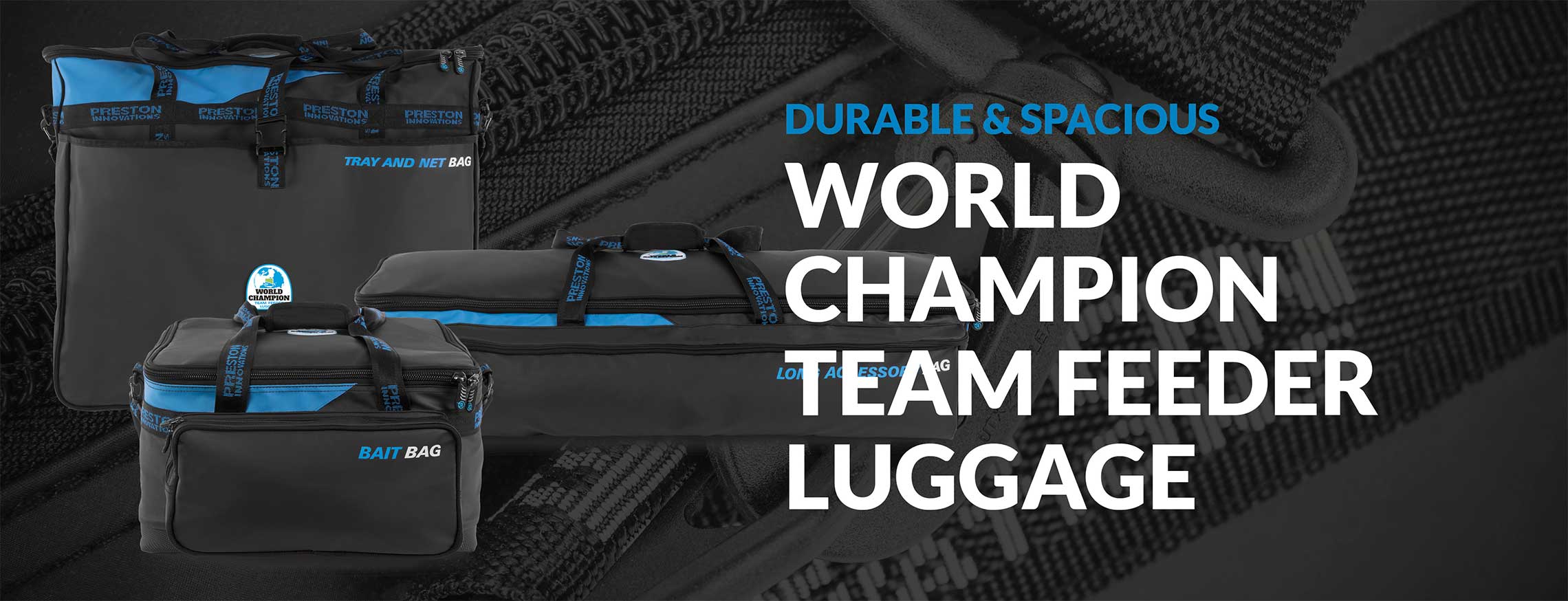Carping In The Cold!
This Article does not exist in selected language, fallback to english
Share the Carping In The Cold! article:
Teilen
Andy Findlay's top 10 tips for catching carp in winter.
1- Look For Features
In winter, the smallest of features in a lake can hold fish. With cold water temperatures, the fish are going to congregate where they feel most comfortable. Look for features such as islands which offer the fish cover, or water inlets which sometimes pump in slightly warmer water.
Fish live in and around features, find a feature and you'll find some fish!
2- Feeder Choice
Your choice of feeder can be essential in winter. Too little bait and you may not get a bite, use a big feeder and the fish may back off because they don’t want to eat. I carry a choice of feeders with me to cover myself for any eventuality. If the lake is not on form or there has been ice on the water, I can leave the bigger method feeders and pellet feeders in my van. As a rule, the fish won’t want much bait. I start with a Micro Pellet Feeder and feel my way in. If I start catching fish I may increase the feeder size, but if i’m struggling to get a bite, I can switch to a bomb, giving me the option to fish with a single hook bait or the Pellet Cone if I need to introduce a small amount of bait.
Your feeder choice is vitally important in winter!
3- Pellet Perfection
When the sun is up and the temperature rises by a couple of degrees the fish are more active. I like to use an S-Pellet hook bait in mild winter weather. S-Pellets are packed full of oils that leak out easily into the water and attract the fish. I use them in a wide variety of my feeder fishing, their perfect as an individual hook bait, or even with a Pellet Cone, Pellet Feeder. They can be kept for long periods of time in your bag, so should the opportunity arise you can quickly grab them and put one on!
The NEW Bloodworm S-Pellets have been catching Andy loads of fish this winter!
4- Keep It Low
While waiting for a bite, your rod tip should be just above the surface of the water, this will stop any interference on the line from wind causing you to strike at false indications! By fishing with the line slack, you will also be able to see a bite develop as the line pulls through the water before the tip pulls round! These few seconds of increased awareness could be the difference between connecting with a fish, or thin air! Once hooked, by keeping the rod low and playing the fish carefully you will be able to get away with using finer wire hooks and lighter lines. I only lift my rod when I know the fish is under the rod tip.
5- Pick The Right Rod
You’re not going to cast a big feeder with a tiny picker rod designed for roach fishing. Likewise, a poker-stiff rod won’t show up bites as easily or delicate pulls from winter fish. Tailor your rod choice to the situation you are faced with. I’m using a 10ft 6' Mini Plus Feeder with the lightest tip for winter fishing. This rod has the backbone to cast a pellet cone and large bomb a long way, but is soft enough to show up even the smallest of taps on the rod tip.
The Mini Plus range covers everything you could possibly need!
6- Rapid By Name...
For tougher baits, such as Sonubaits F1 Corn or S-Pellets, I will use a Rapid Stop. These will push through the bait and hold it in position. For soft baits, such as Super Expander Pellets, I use the Rapid In-Stop. All you need to do is put the Rapid Stop Needle into the base of the In-Stop and push this into the bait, this will then grip the pellet due to its design! It’s simple things like this that can increase efficiency in your fishing and help you catch more fish.
Rapid stops are a quick and easy way to attach your hookbait to your hair rig!
7- Sink Your Line
Keeping your line sunk is crucial during the winter months. Most of the time you have to wait for bites, sometimes up to 20 minutes before re-casting. Having your line running through the water can also reveal where the fish are. If you start to get line bites, try dropping your rig shorter. If the liners stop you’ve probably come too short! If you aren’t getting line bites, try casting around your swim. Leaving the rod in the water for up to 20 minutes will give you the best chance of a bite from these lethargic winter carp.
Andy Findlay; 'Leaving the rod in the water for up to 20 minutes will give you the best chance of a bite from these lethargic winter carp'.
8- Less is more!
In winter, less feed in the swim really can bring more bites. Overfeeding a swim can really put fish off in the cold and totally wipeout any chance of catching fish, in fact you might not even get a bite before the fish back off into less pressured water. The Micro Pellet Feeder is perfect for starting with, it can be loaded with just enough pellets to add a small mouthful of food to the swim. 2mm pellets are the best size to use with these feeders to allow your hook bait to sit inside the feeder.
Don't overfeed!
9- Go For Distance
Fish move and feed less in winter and the water tends to clear up. This can push the fish out of the margins and away from the disturbance on the bankside into the open water or around islands in the middle of the lake. For this reason, my starting point is virtually the longest range that I can cast. I said virtually because I always start slightly short of this point. Should the fish back off, I can then follow them and hopefully catch one or two more fish!
The NEW Distance Bomb's are perfect for big chucks
10- Try Up In The Water!
The top layers of the water will warm up faster in the sun and will be where the fish spend most of their time in the winter. As a general rule, on bright, high pressure days I like to start around 12-18 inches underneath the surface of the water. But don't be afraid to experiment with different depths until you get a bite. Once you get a bite you'll usually find where the fish feel comfortable on that particular day and you can continue to catch at this depth. My favourite hook bait is two 8mm Oily Floaters. These buoyant baits will easily hold up a size 16 PR36 hook. I like to set my tip down to the lead, even if it means that my tip has a large curve init. As soon as the fish picks up my hook bait the tip will spring back. Quickly, but with control, pick the rod up and wind down until you feel the weight of the hooked fish. Striking hard can often pull the bait out of the fishes mouth.















